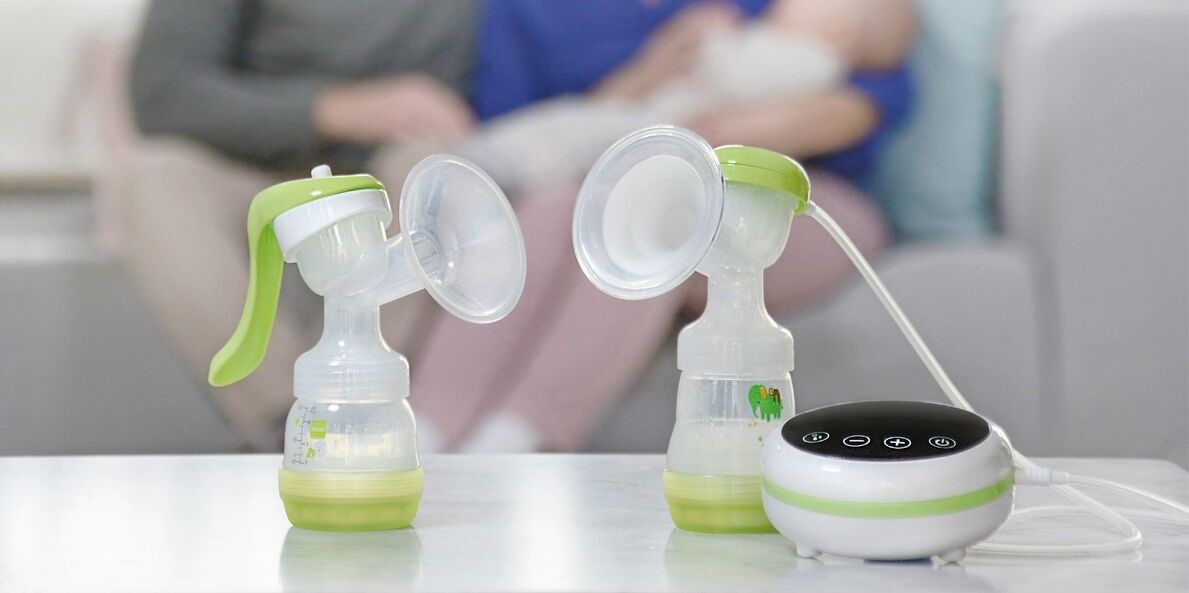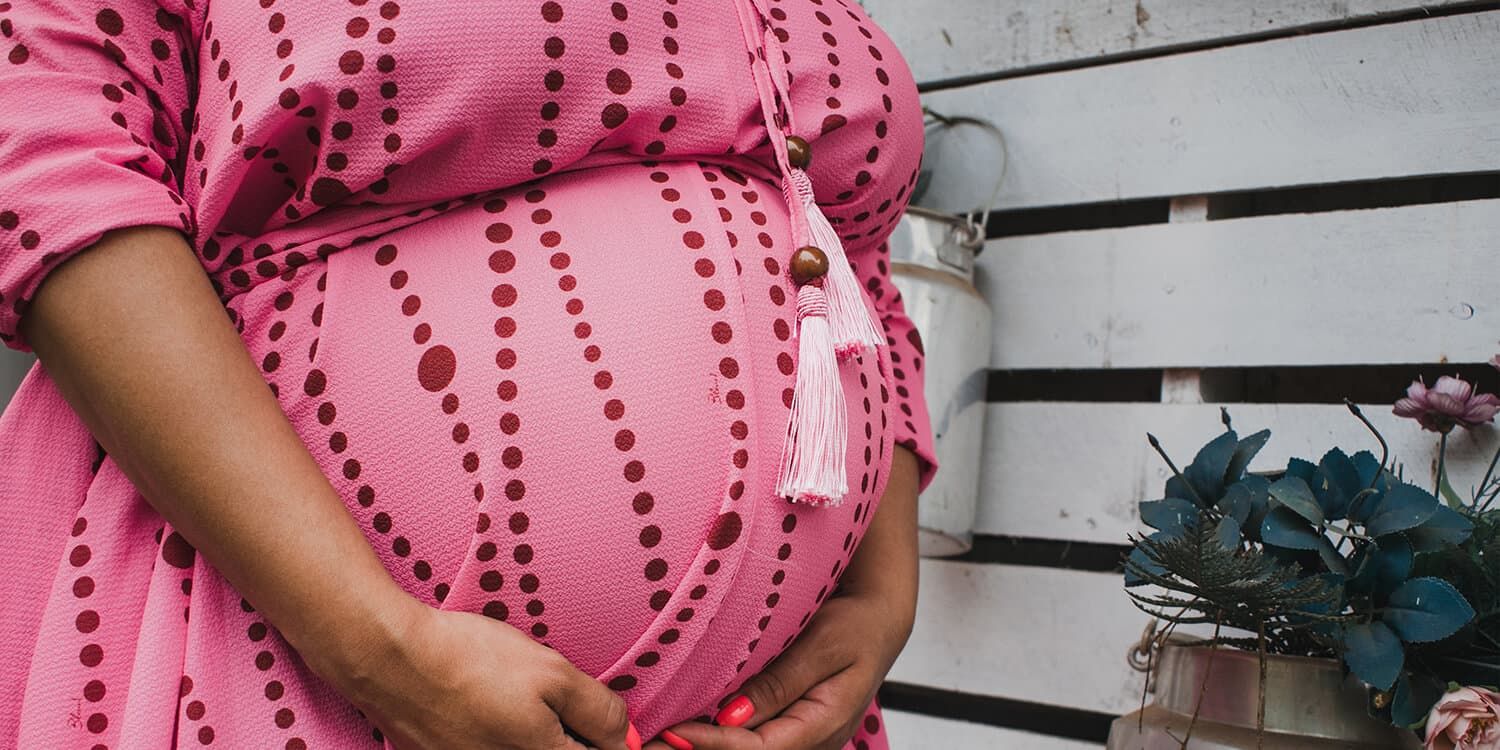Very few babies arrive exactly on their due date. Many wait until the 42nd week of pregnancy – according to the WHO, a baby that is delivered 42+0 is "postterm". So your baby could still have another 14 days before it comes into the world. However, by this time, many pregnant women are already very impatient and are longing for their baby to be born. We can't make it any quicker for you, but we can give you some encouragement with a few interesting facts about pregnancy week 40 and the birth!
What's going on inside you at 40 weeks pregnant?
The size of the foetus is around 51 cm (crown - heel) and it weighs approx. 3500 grams. The head is the largest part of the body with a circumference of around 35 cm.
Your baby is now roughly the size of a pumpkin.

The baby has to bend its arms and legs tightly now to have enough space in your abdomen. However, there are a few things at birth that are still not "fully developed". The first is the immune system and the second is the intestine, which is lacking important bacteria for digestion.
Also, the cranial bones are still not firmly fused together. As a result, they can move or shift over one another as they pass through the birth canal, thus facilitating the baby's passage. These gaps in the skull are called “fontanelles”. They only close during the first 2 years of the baby's life.
And how do you feel at 40 weeks pregnant?
Relax as best you can to be fit for the birth – even if it feels difficult to stay calm. Some distractions might help you, such as meeting your best friend or going for a gentle walk.
At this stage, many pregnant women can hardly wait to finally hold their baby in their arms.
A brief overview of the birth process:
#1 The dilation phase
The cervix dilates (opens). This is usually the longest phase, but it does vary from one woman to another. With the first child, it lasts for an average of 8 to 14 hours. However, this varies widely. It is often difficult to establish the beginning of this phase. Some women barely feel their cervix dilating, or they just feel a sense of pulling in the back. Other pregnant women alternate between phases of strong contractions and phases of lighter contractions.
The baby's head slowly drops into the bony structure of the pelvic ring and puts internal pressure on the cervix, so that it dilates.
What brings relief to women in this dilation phase can also vary widely:
- A warm bath (but only if someone is around to help you in the event of any circulation problems, or if the contractions become stronger!)
- Lying on the sofa with a hot water bottle
- A short walk
- Sitting or leaning on an exercise ball
- Breathing and relaxation exercises
The experience of these contractions is as individual as what works best to ease them. Some pregnant women prefer to be alone, others appreciate their partner giving them a back massage.
When do I go to hospital?
When the contractions are coming every 5-7 minutes, last for 30-60 seconds and are getting stronger, it's time to go to hospital. This also applies if you simply have a gut feeling that you want to go to hospital!
If the contractions are very intense and painful and you are already in hospital, an epidural may help. It is best to discuss this with your Midwife or Doctor before the birth, so that you can talk about the pain relief options that are available to you in the hospital where you give birth. You can decide then what you would prefer and make a note of your preferences in a birth plan.
This phase of labour can be physically very strenuous and it can last a long time, so it's a good idea to have some small snacks that are easy to eat. Particularly as you may sometimes experience vomiting or nausea during the birth.
#2 The transitional phase
The cervix is fully dilated. Many women now get a bit low, they want to go home, they want a caesarean section, they become angry, confused or easily irritated. The contractions can become more irregular and stronger. You may experience shivering and nausea. One small consolation is that the transitional phase is usually over very quickly.
#3 The pushing phase
You are now entering the second stage of labour, you’ll be able to push with these contractions. The pushing phase can last for up to 2 hours for the first birth. It is often shorter with subsequent births. The woman can use her stomach muscles, breathing and "sound" (the "ahh" and "ohh" noises that pregnant women often make instinctively) to help the baby push its way out. Your Midwife or Doctor or doctor may have more tips on which position or which changes of position would best suit the mother-to-be during the birth process. Nobody knows beforehand, which is the best position for the birth.
One thing is sure: the baby is guaranteed to come out – one way or another. If there are no medical reasons to the contrary, it is a good idea for the baby to be placed straight onto the mother's breast as soon as it is born. Not only does this encourage a good breastfeeding relationship, it is quite simply the greatest reward for all that effort.
We wish you all the very best for the birth.
Enjoy the special time getting to know your baby!
Photo: Shutterstock





























